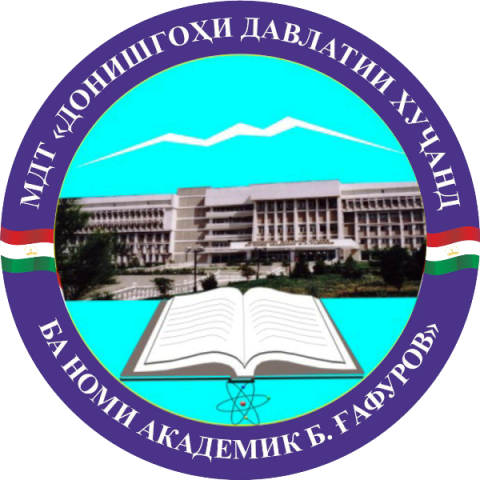list (humanitarian 2023)
SPIRITUAL AND CREATIVE INFLUENCE OF KAMOL KHUJANDI ON ALISHER NAVOI
 
Authors: Maksudzoda Badriddin, doctor of philological sciences, professor of the Department of History of Tajik Literature, Tajik National University (Tajikistan, Dushanbe)
JOURNAL NUMBER: 2(75). YEAR OF ISSUE: 2023.  LANGUAGE OF THE ARTICLE: Tajik
 ANNOTATION
The article examines the degree of spiritual and poetic influence of Kamol Khujandi (d. 1400-1401) on the creative personality of Mir Nizomaddin Alisher Navoi (1441-1501). Referring to the statements of Navoi himself (in ÔÇ£The Five ConfusedÔÇØ, ÔÇ£Judgments on Two LanguagesÔÇØ) and his contemporaries (like Khondemir in the ÔÇ£Book of Noble QualitiesÔÇØ), it is that from an early age he was brought up by a rich Persian-Tajik poetic school, as a result of which he became famous as a unique connoisseur of the subtleties of Persian poetry. This circumstance contributed to the fact that Navoi created most of his Turkic writings in the traditions of Persian-Tajik literature. In particular, the author of the article establishes the presence of the influence of the lyrics of Kamol Khujandi in the gazels of Navoi. For example, some researchers believe that the following well-known bayt of Navoi is in the Old Uzbek language:
When you hide your face from my eyes, tears flow,
Just like the stars appear when the sun goes down
is a Farsi translation of Kamol Khujandi's beit:
As long as you don't hide your face no tears fall from my eyes
Just like the stars appear after sunset.
In the proposed article, the author focuses on proving that the mentioned assumption is not entirely correct. The author, recognizing that in these beats, although there is an artistic consonance to a certain extent, however, claims that the existence of many subtle differences is reliable facts. To do this, using formalistic methods in various linguistic nuances, the degree of deviation and ÔÇ£estrangementÔÇØ of the poetic device of these two poets is considered, and finally, the change in literary quality in the above bayts is analyzed in detail. Among other things, the difference between poetic devices in these bayts is studied from the standpoint of architectonics: phonetic, dictionary, syntagmatic relations, semantic shades of words, the use of artistic figures, alleteration, associations, the difference in the general melody of the poetic language, etc. Thus, the mastery of Navoi in the revival and reconstruction of the relatively closed poetic structure of the beit Kamol Khujandi is determined. To confirm his judgments, the author cites the arguments of well-known classical and modern literary scholars.
KEY WORDS
Navoi, Kamol, ghazal, influence, difference, ÔÇ£estrangementÔÇØ, translation, poetic device
 ðÉð¢ð│ð╗ð©ð╣Ðüð║ð©ð╣
ðÉð¢ð│ð╗ð©ð╣Ðüð║ð©ð╣
 ðóð¥ÊÀð©ð║Ëú
ðóð¥ÊÀð©ð║Ëú  ðáÐâÐüÐüð║ð©ð╣
ðáÐâÐüÐüð║ð©ð╣ 
